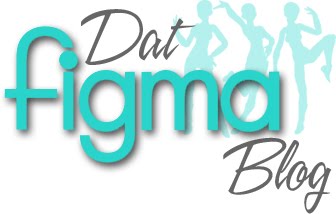How to see if a figma is original?
As you probably already know, it's really easy to see a counterfeited figma around the internet. Usually they look really bad, but sometimes it's hard to spot the differences. Besides being sculpted in Japan, like everything else in the world the mass production of figmas is also made in China, and that's why just looking for the country name on the box doesn't help to figure out if its is counterfeited. So here you can see a few useful tips to avoid buying a pig in a poke and figure out that the figma you already bought is fake or original:
- Too cheap means too fake: The average price of a brand new regular figma is about U$35,00~U$50,00 (in Japan, whitout tax or freight), so if you see something cheaper than that, it's probably fake.
- Look for a sharp box: If your figm's box is somewhat loose and bad printed, then it's probably fake. Figma's boxes are always sharp and bright.
- Look for the authentication sticker: It's a tricky tip, because depends on where you buy your figma, it may or may not come with the authentication sticker. Anyway, try to buy those who have an authentication seal on in.
- Analyse the joints: Original figmas are supposed to replicate the movements that is possible to an human body. So if your figma is able to do some exorcist-like flips, then it's probably fake.
- Check the painting: It's not unusual to see some painting artifacts on counterfeited figmas, so look carefully.
- Buy only from trustful sellers: It means that you'll have to sniff around for a while if you're trying to buy on eBay or buy it on a site like Amiami or Play-Asia.
- If the figma is in a special edition bundle with a game or comic book, buy the whole thing: If you try to buy just the figma itself, then you probably dealing with a counterfeited one, because, since it's a bundle, figma and game/comic book cames in a single box.

No comments:
Post a Comment